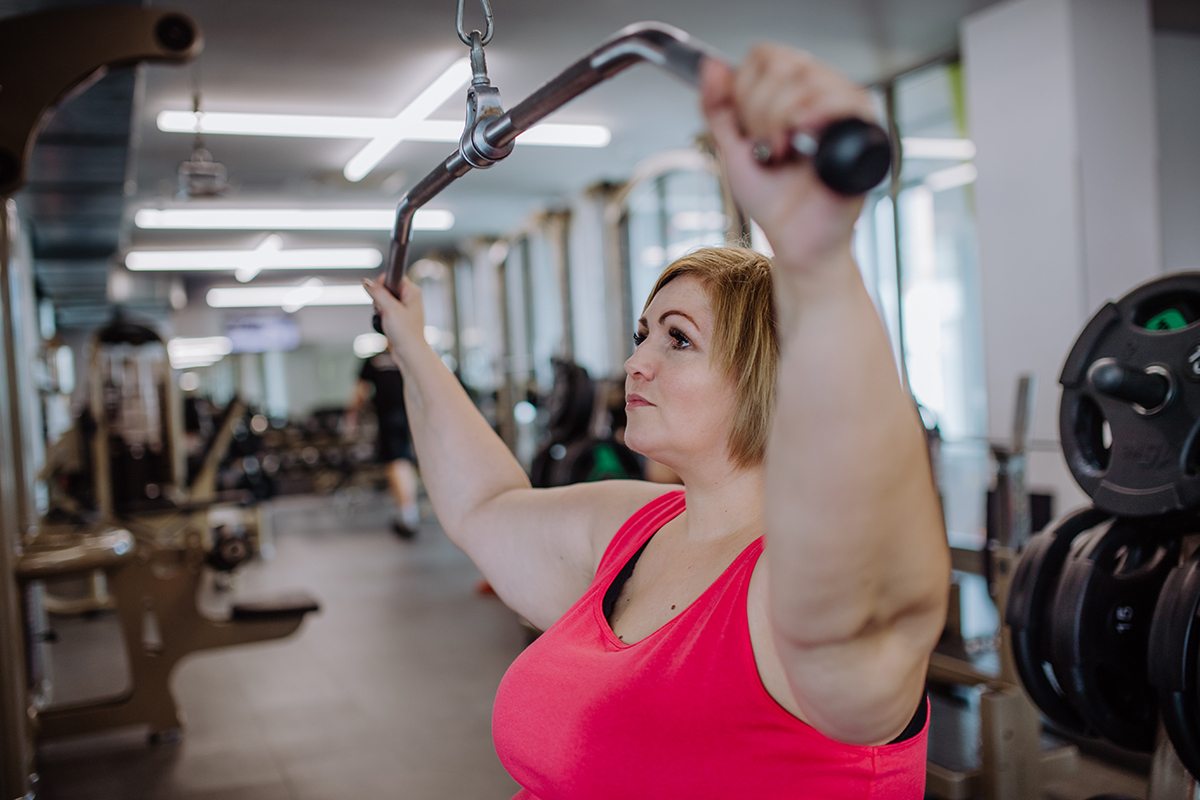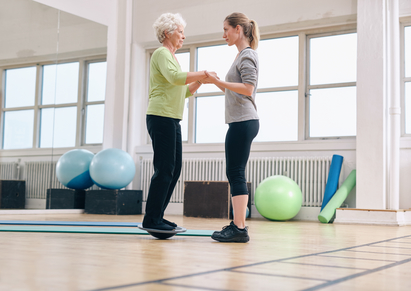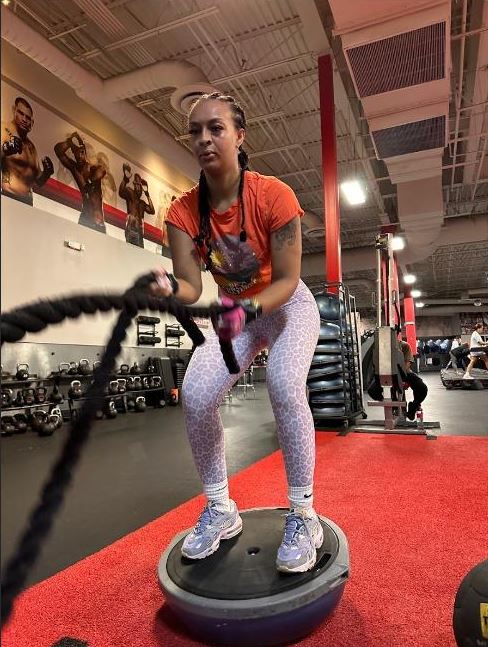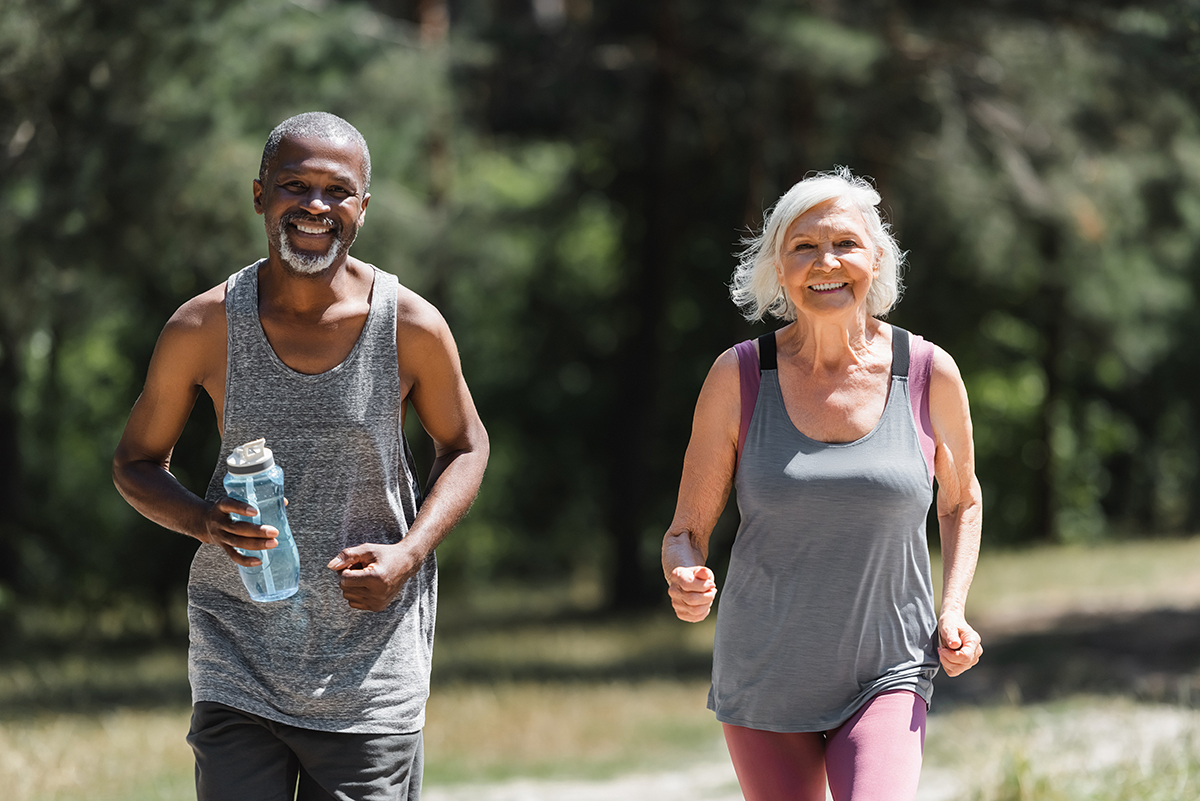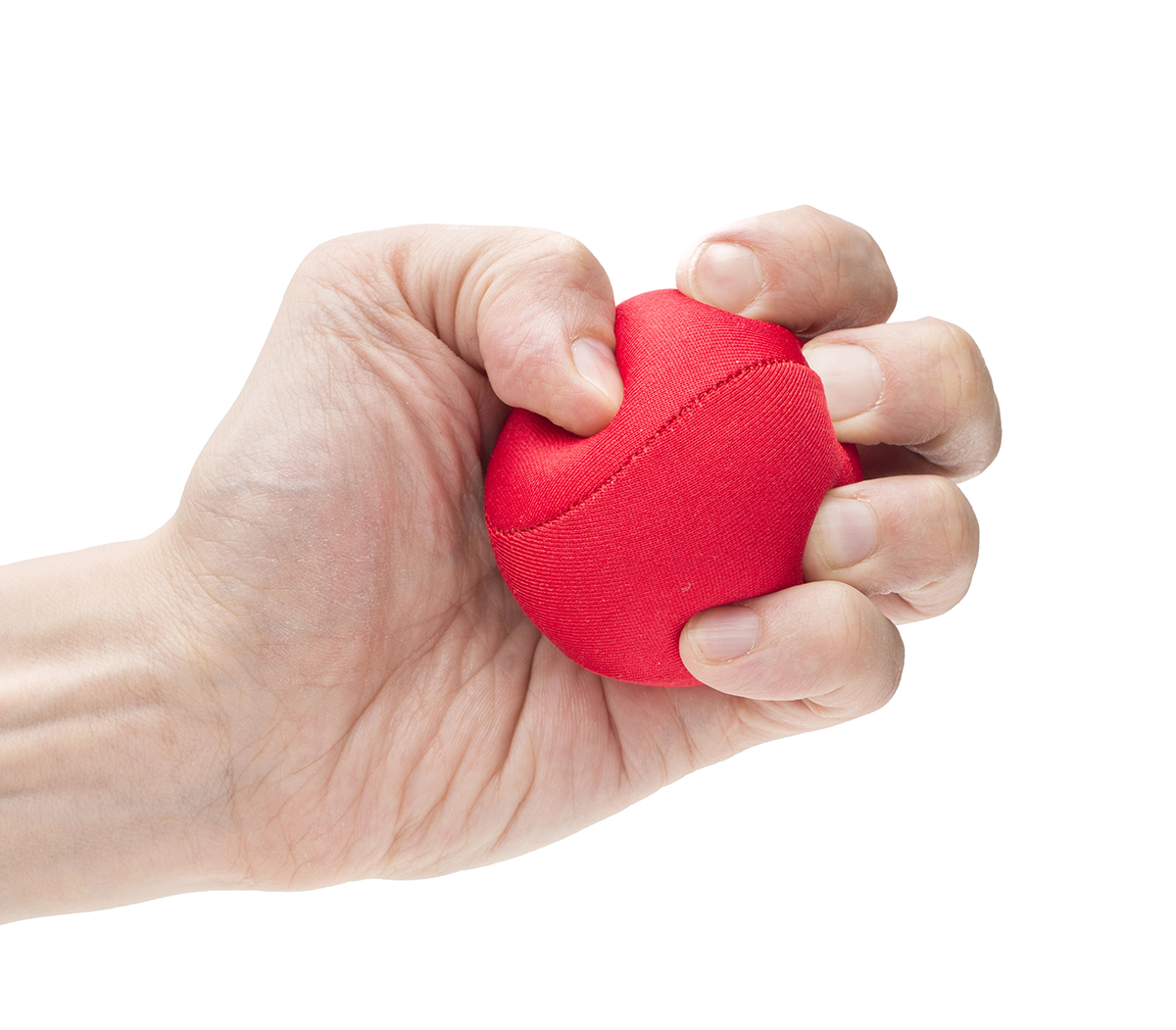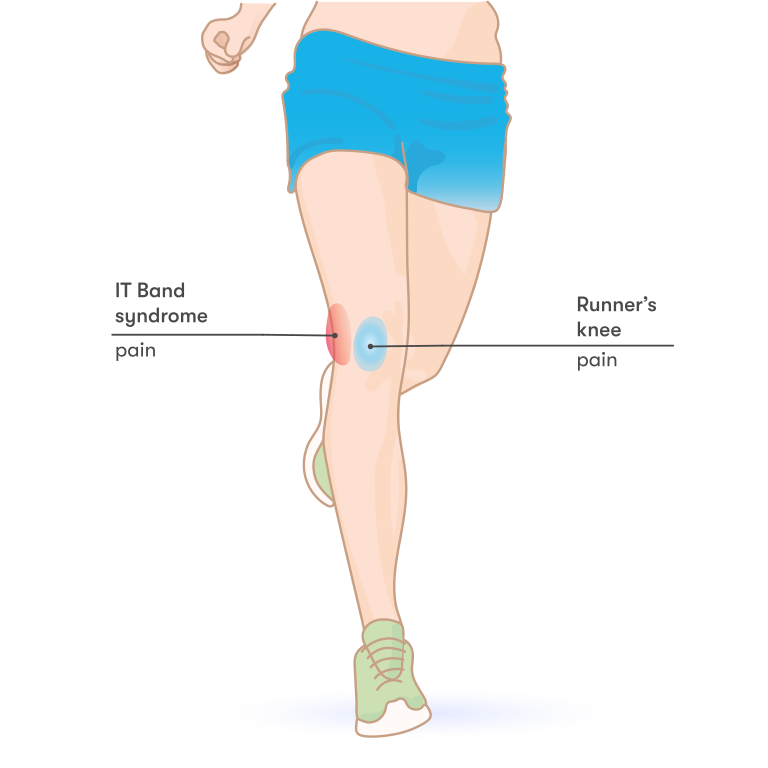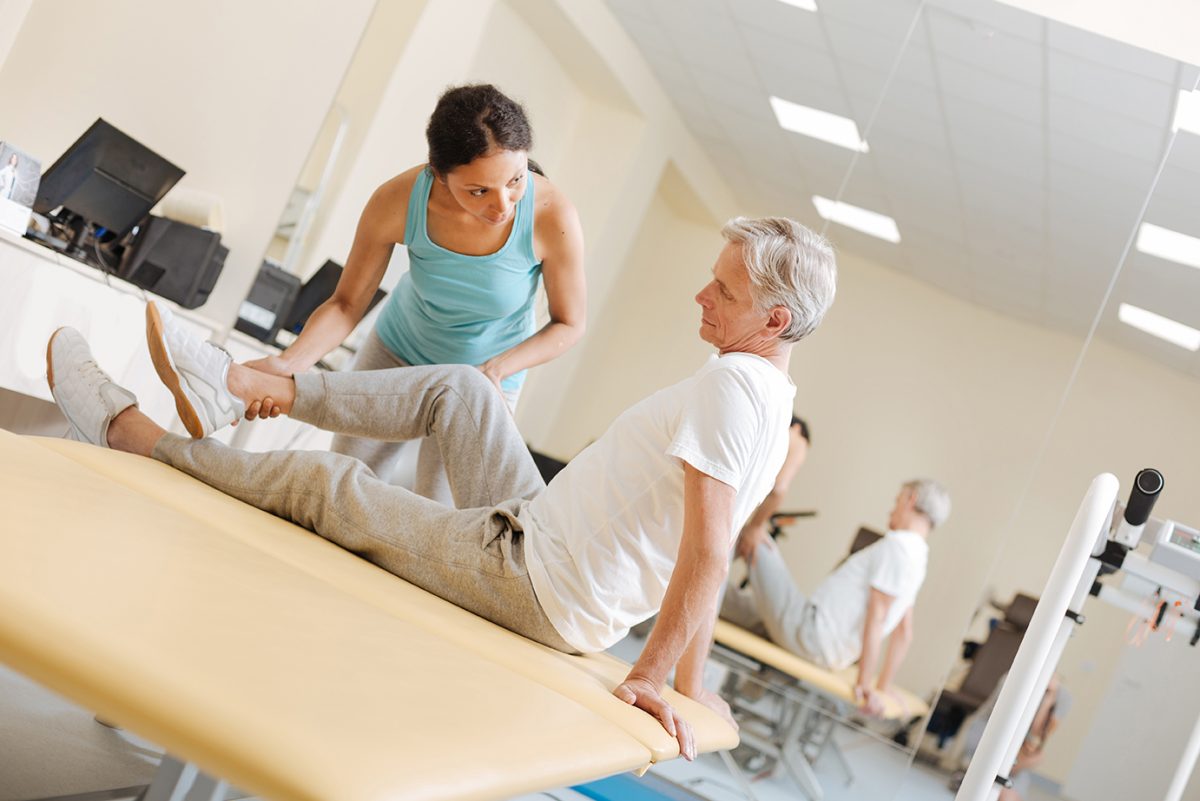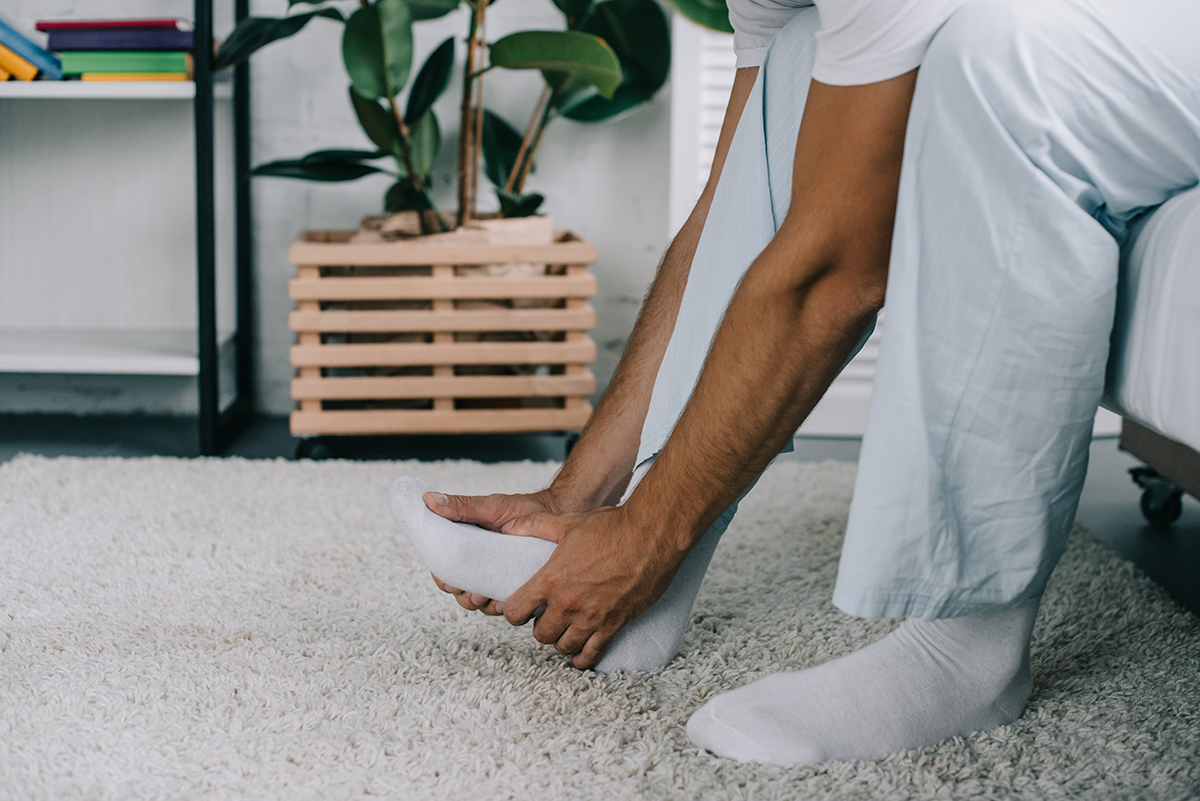If You’re Using GLP-1 Meds for Weight Loss, Then You Gotta Do Weight Lifting (Part 2)
GLP-1’s are proving themselves as medical phenoms. They have been in existence for many years in the treatment of diabetes. They have demonstrated themselves as capable of reducing cardiac events, lowering blood pressure, cholesterol, heart failure symptoms, and even strokes. They have shown themselves effective in reducing the kidney problems that diabetes can cause in the long run. And there’s even proof that they might be useful for treating childhood obesity. Ultimately, they may prove valuable for medical conditions we haven’t yet explored. In light of the budding awareness of the strong correlations between our obesogenic diets that are high in fats, sugars, and calories and a variety of diseases ranging from some cancers to musculoskeletal ones, GLP-1’s may be the super-duper drugs that have exploded the weight loss market.
However, if weight loss is a goal and semaglutides and other similar hormone-affecting drugs is your method then, young or old, male or female, preserving muscle mass is critical. As a female, especially, whether pre- or post-menopausal, preserving muscle mass is even more critical as rapid and large amounts of weight loss includes bone density loss, too. Muscle mass training enhances bone mass accrual IF…, and this is a big IF, the weights you lift are heavy enough to be deemed ‘intense’.
The American College of Sports Medicine recommends that, for health, people should do some kind of RT should be done at least twice a week but could be done 3 or more if the program allows for sufficient recovery between sessions. A 2/wk program should consist of at least one exercise for each body part – legs, core, upper body/arms; ideally, you do 2-3 exercises per body part but they do not have to be the same exact exercises. For example, a heel raise gets the calf muscle, a squat and lunge also get the calf muscle, but they also get the upper leg and core.
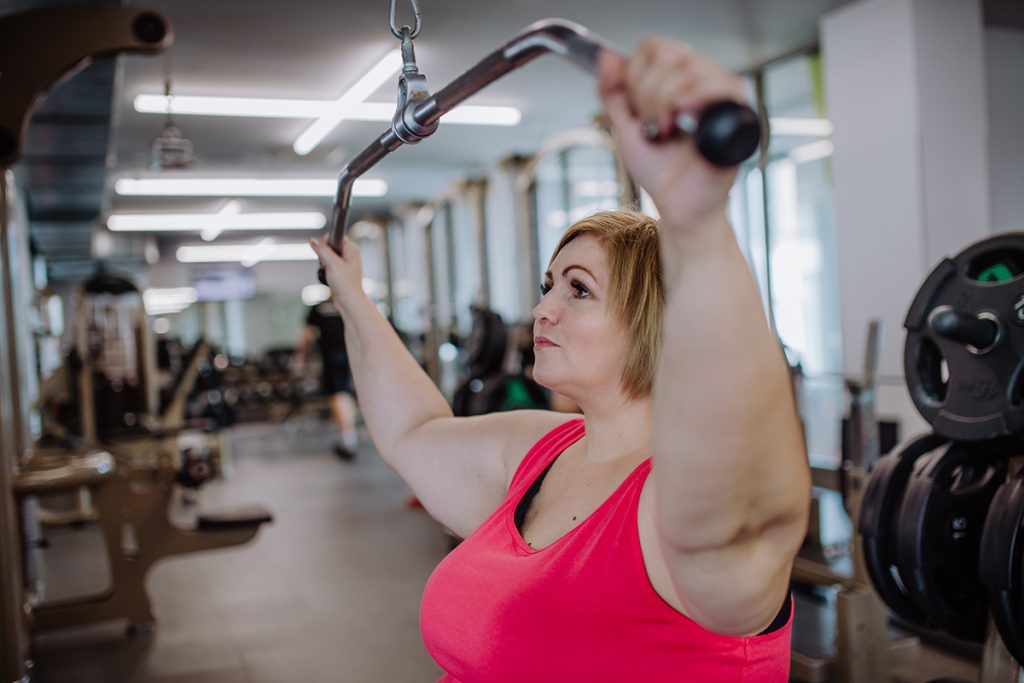
If you choose to do 3 sessions/wk, be sure to space them out with at least 36-48 hours between sessions. For a more athletic program, it’s not unusual to do 4 or more sessions/wk but intelligent design must be applied to avoid overuse and overtraining, and injury.
What Constitutes a Viable Resistance Training Program
In the realm of RT, there are many models to consider, each with 4 variables: frequency, intensity, duration, and exercise type. Frequency we’ve already addressed. Duration is a function of how long you want to spend doing the exercises; some quick and dirty routines can last as short as 15 minutes or you can drag it out to an hour or more. But intensity and type are where special attention should be made when the training is being done to minimize loss of muscle and bone.
When discussing intensity, we’re talking about a percentage of your maximal ability. Most of us will never test our max so let’s use a common way of determining intensity: to volitional fatigue. That means that when you feel you can no longer do any more repetitions with good form and no compensations, you have reached volitional fatigue. It is very subjective and varies according to how you are feeling at the moment, including stressors outside the gym. Recognizing that many people with overweight and obesity have not been in the gym in a while or are not comfortable going to a gym, it may take a few sessions with modest weights to figure out what it really feels like to be fatigued at the end of a set of an exercise.
There’s no hard and fast rule but, if bone loss is one of your issues, either due to age, menstrual status, sedentary lifestyle, or poor diet, it is recommended that you try to fatigue in 10-12 repetitions; that corresponds to a heavy enough weight to provide a good stimulus for bone to accrue. With the understanding that most people who do not have RT experience won’t feel comfortable trying to achieve that kind of load/intensity, especially if they’d had any injuries or are prone to some, such as to the rotator cuffs in older adults, the process of ramping up to weights that can mitigate bone loss should be long, slow, and properly designed to reduce risks. See your local trainer….or call us at STEPS.
Exercise type, however, is where the message of RT in combination with drug-enhanced weight loss is most critical. While many people aspire to 6-pack abs (abdominals), that is an unreasonable goal, especially for those who have carried excess fat around their midsections or those who are older. Having a strong core – those muscles from the mid-thigh to the mid-thorax, front, sides, and back – is valuable but not essential for the average person. Having a functional core, on the other hand, is. A functional core is one where all the muscles know how to work together and have sufficient endurance and strength to allow you to perform activities of daily living, work, and recreation.
Exercise Selections and Options
Allow me to provide some specific exercise types that will strengthen muscles and bones that we all need in order to accomplish what a rapid weight loss system detracts from, especially for post-menopausal women.
Bone loss from the hips/upper femur, which contributes to falls and fractures in older people, can be countered with such exercises as a leg press machine, weighted squats, lunges, and step-ups.
Bone loss in the lumbar spine can be slowed with such exercises as weighted squats, lunges, step ups as well as deadlifts, bird dogs, and stability ball bridges or hip lifts. You can make the latter more demanding to achieve volitional fatigue by adding small arm and leg movements during the birddog and doing bridges with one leg rather than both.
Bone loss of the upper spine, which affects posture, especially potential dowagers humps in older adults – which is exacerbated in our texting and computer-based lifestyles –
Finally, wrist bones, which tend not to get much training beyond middle school for most females once PE coaches don’t make you do push-ups, are prone to breaking when falling. They are often the first markers of middle age women’s bone loss at the early stage of osteopenia should they experience a broken wrist from a fall. In fact, though, push-ups or some version of a chest press or bench press are some of the exercises that load the wrist and could help build bone IF loaded sufficiently. However, since the rotator cuff deteriorates with age, and is susceptible to injury from doing those very exercises that could help the wrist bones, it’s wise to train them with caution and avoid the volitional fatigue in 10-12 rep prescription. But it’s also wise to train the cuff muscles to minimize the risk of injury from any kind of RT even if you’re not intending to do these bone-enhancing exercises.
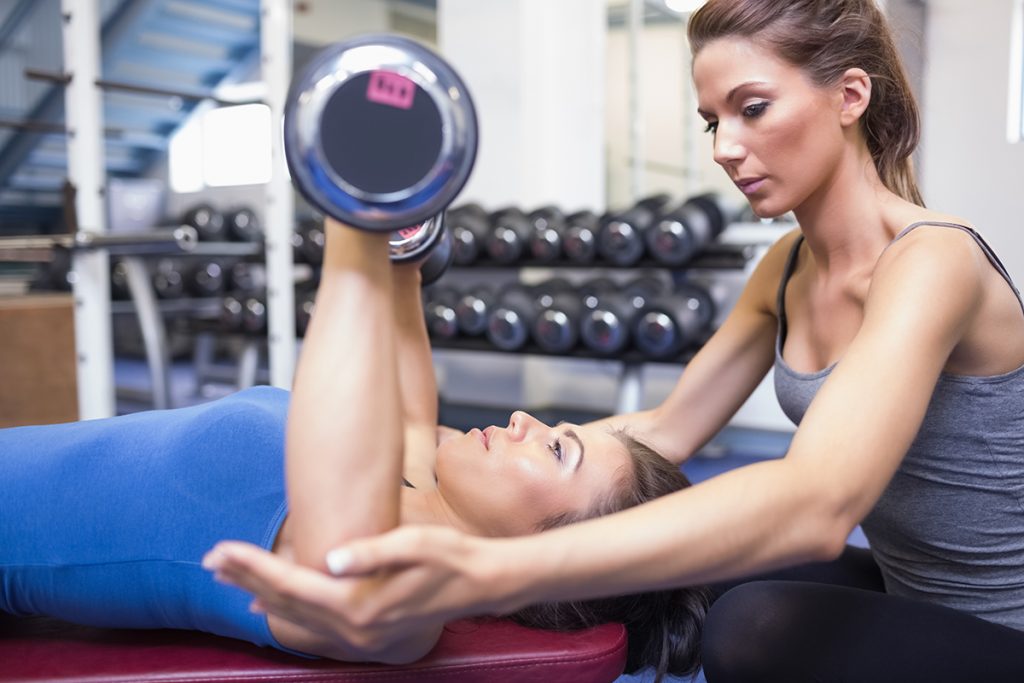
Note that each exercise for each segment of the body is done in a weight-bearing posture, even the chest/bench press. Even something as mundane as a plank in a push-up position constitutes a weight-bearing load capable of producing osteogenic forces that may build wrist bones’ strength.
While it is necessary to proceed with caution as you pursue a bone- and muscle-preserving workout regimen, to pre-condition the core and the rotator cuff muscles to avert injuries that might result from a RT program, within 4-6 weeks one will start to experience muscle mass changes. It could easily take a year or more to note any bone-building changes; first by some imaging technique or by falling and not breaking something, which we would recommend against trying. Ultimately, though, the effort to enhance lean tissue – bone and muscle – facilitates weight loss, fat loss, and quality of life. And, with the health upsides of GLP-1 meds, there’s a good chance that RT will even extend the health-years of your life.
Which is the main reason we all should be doing some RT in our lives.
Originally printed on STEPS Fitness blog. Reprinted with permission.
Dr. Irv Rubenstein graduated Vanderbilt-Peabody in 1988 with a PhD in exercise science, having already co-founded STEPS Fitness, Inc. two years earlier — Tennessee’s first personal fitness training center. One of his goals was to foster the evolution of the then-fledgling field of personal training into a viable and mature profession, and has done so over the past 3 decades, teaching trainers across through country. As a writer and speaker, Dr. Irv has earned a national reputation as one who can answer the hard questions about exercise and fitness – not just the “how” but the “why”.

